Discover the world of wine with this beginner-friendly guide․ Learn the basics, from harvesting to tasting, and explore how to pair wines with your favorite dishes effortlessly․
What is Wine and Why Should You Care?
Wine is an alcoholic beverage made from fermented grapes, offering a rich tapestry of flavors, aromas, and cultural significance․ It’s more than just a drink—it’s an experience that connects history, art, and pleasure․ Whether you’re exploring its complex profiles or simply enjoying it with friends, wine offers something for everyone․ Understanding wine can enhance your social experiences, deepen your appreciation for craftsmanship, and open doors to new culinary adventures․ With countless varieties and styles, wine is a journey of discovery that doesn’t have to be intimidating․ Start with the basics, and you’ll find that wine can be a delightful and rewarding part of your life․
Understanding Wine Basics: Key Terms and Concepts
Mastering the fundamentals of wine starts with key terms; Tannins give wine its bitterness and structure, while acidity contributes freshness and balance․ Body refers to a wine’s weight, classified as light, medium, or full-bodied․ Finish is the lingering flavors after a sip․ Common wine styles include still, sparkling, and dessert wines, each offering unique characteristics․ Understanding these concepts helps you describe and compare wines effectively, making your journey more enjoyable and informed․ These terms are your toolkit for exploring the diverse world of wine with confidence and curiosity․
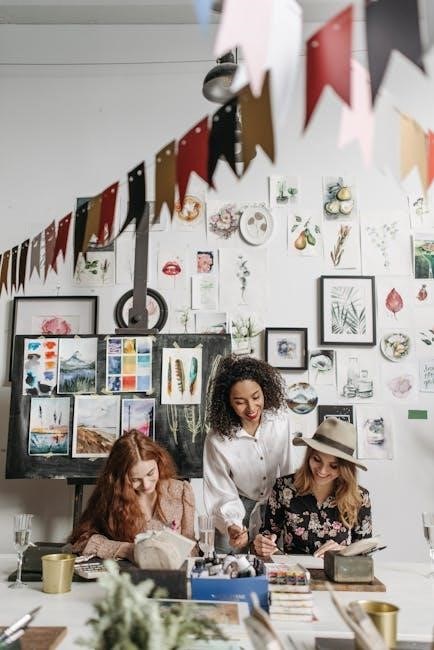
How Wine is Made: A Simple Guide
Winemaking begins with harvesting grapes, followed by crushing and pressing to extract juice․ Fermentation converts sugars into alcohol, crafting the wine’s flavor and character over time․
Harvesting Grapes: The First Step in Winemaking
Harvesting grapes is the initial step in winemaking, typically occurring in early morning to preserve freshness․ Grapes are picked by hand or machine, depending on the vineyard․ A ton of grapes usually yields 60-75 gallons of wine; Timing is crucial, as overripe or underripe grapes affect flavor․ Harvesting marks the transition from viticulture to winemaking, setting the foundation for the wine’s quality․ Proper handling ensures grapes remain intact, minimizing spoilage․ This step is vital for crafting wines that reflect their terroir and varietal characteristics․
Crushing, Pressing, and Fermentation Explained
After harvesting, grapes are crushed to release their juice․ For white wines, the juice is separated from the skins immediately to prevent tannins․ Red wines ferment with skins to enhance color and flavor․ Yeast is added to convert grape sugars into alcohol during fermentation, typically lasting 7-14 days․ This process transforms grape juice into wine, creating its alcoholic and aromatic profile․ Proper temperature control ensures balanced fermentation, preserving the wine’s freshness and character․ These steps are essential for crafting wines that reflect their grape variety and terroir, setting the foundation for aging and bottling․
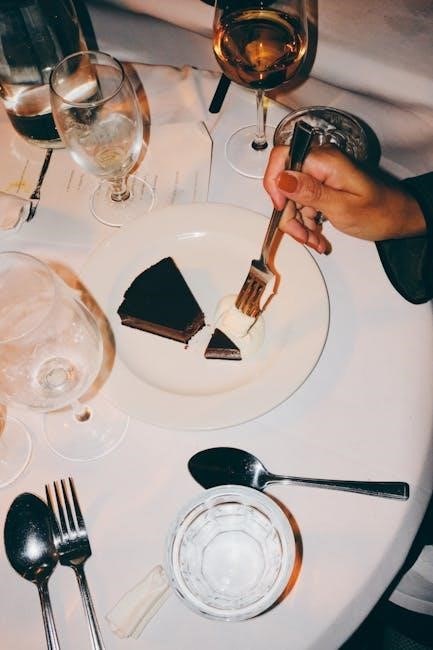
Wine Tasting 101: How to Taste Like a Pro
Master the art of wine tasting with the Five S’s: See, Swirl, Smell, Sip, and Savor․ These steps will help you confidently evaluate and enjoy any wine like an expert․
The Five S’s of Wine Tasting: See, Swirl, Smell, Sip, Savor
Begin your tasting journey with the Five S’s: See the wine’s color and clarity, Swirl to release aromas, Smell to identify scents, Sip to taste flavors, and Savor to enjoy the finish․ Each step helps you appreciate the wine’s complexity and character․ Start by holding the glass up to light to observe its hue and viscosity․ Swirling oxygenates the wine, enhancing its aroma․ Take a deep sniff to detect notes like fruit, floral, or earthy tones․ When sipping, let the wine coat your palate to experience its texture and flavor profile․ Finally, savor the finish—the lingering sensations after swallowing․ These steps transform wine tasting into a mindful and enjoyable experience, even for newcomers․
How to Describe Wine: A Beginner’s Guide to Flavor Profiles
Describing wine can feel intimidating, but it’s all about breaking it down into simple, relatable terms․ Start by noting if the wine tastes fruity, floral, earthy, or citrusy․ Consider the sweetness level—dry, off-dry, or sweet․ Think about the texture: is it smooth, crisp, or bold? Use everyday comparisons, like saying a wine tastes like apples or honey․ Don’t overcomplicate it—your personal experience is valid! For example, a red wine might remind you of dark chocolate or spices, while a white wine could evoke citrus or grassy notes․ The goal is to communicate what you taste in a way that feels natural and honest․
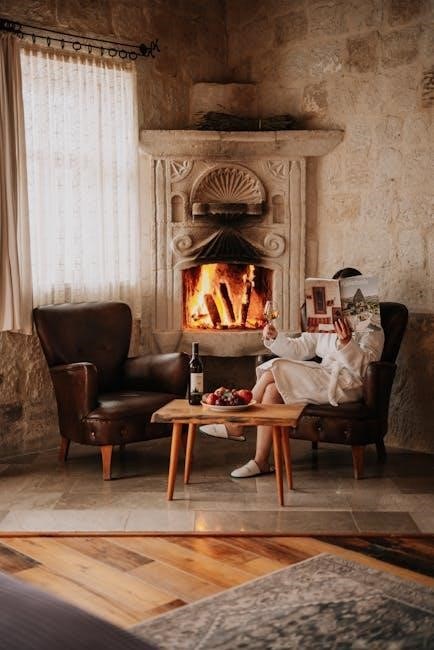
Wine Serving Tips and Tricks
Master the art of serving wine with these tips․ Serve reds at 60-70°F and whites at 45-55°F․ Store in a cool, dark place to preserve flavor․
The Importance of Serving Temperature
Serving wine at the right temperature is crucial for enhancing its aroma and flavor․ Red wines typically shine between 60-70°F, bringing out their bold, fruity notes․ White wines are best served between 45-55°F to preserve their crisp acidity and freshness․ Sparkling wines, like champagne, are served chilled, around 40-50°F, to maintain their effervescence․ Serving wine at the wrong temperature can mute its flavors or make it taste unbalanced․ For example, reds served too cold may seem flat, while whites served too warm can feel flabby․ Experiment with temperatures to find your preference, but start with these guidelines․ A wine thermometer can help you get it just right․ Remember, small adjustments can make a big difference in your tasting experience․
How to Store and Preserve Wine
Properly storing wine ensures it ages gracefully and maintains its quality․ Keep wine in a cool, dark place with consistent temperatures between 50-60°F․ Avoid direct sunlight and heat sources, as they can damage the wine․ Store bottles on their side to keep the cork moist, preventing air from entering the bottle․ Humidity levels should be around 60-70% to maintain cork integrity․ Avoid vibrations, as they can disturb the wine․ For short-term storage, a cupboard or pantry works well․ For long-term storage, consider a wine fridge or cellar․ Store wine for at least a few months before drinking to allow flavors to mature․ Proper storage ensures your wine remains fresh and enjoyable for years to come․
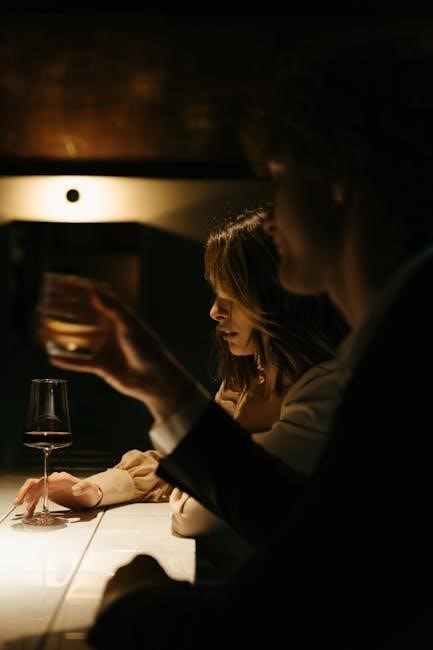
Wine and Food Pairing Made Simple
Pairing wine with food doesn’t have to be complicated․ Start with matching flavors and textures: crisp whites for seafood, bold reds for meats, and sweet wines for desserts․
Matching Wine to Your Favorite Dishes
When pairing wine with food, start by considering the flavor profiles and textures of both․ Red wines, often robust with tannins, complement hearty red meats and rich dishes, while white wines, typically lighter and crisper, pair well with delicate fish, poultry, and salads․ Sparkling wines can add a celebratory touch to lighter meals or appetizers․ Sweet wines are ideal for desserts, balancing sugary notes with acidity․ Personal taste plays a significant role, so don’t be afraid to experiment and find what you enjoy most․ Classic pairings like Chardonnay with roasted chicken or Cabernet Sauvignon with grilled steak can serve as reliable starting points for your culinary adventures․
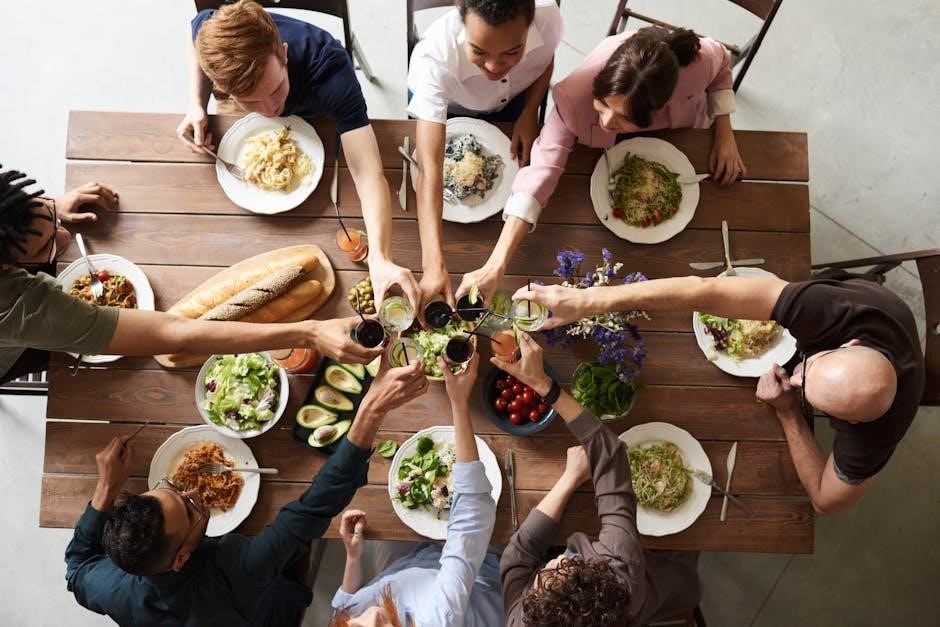
Best Wines for Beginners
Start with approachable wines like Pinot Grigio, Merlot, or Prosecco․ These varieties are easy to enjoy and offer a great introduction to the world of wine․
Popular and Approachable Red, White, and Sparkling Wines
For beginners, start with approachable wines like Pinot Grigio (white), a crisp and refreshing choice, or Merlot (red), known for its smooth, fruity flavors․ Prosecco, an affordable sparkling wine, is perfect for celebrations․ These wines are easy to enjoy and pair well with a variety of dishes․ Pinot Grigio pairs nicely with seafood, while Merlot complements red meat or pasta․ Prosecco’s bubbly charm makes it ideal for toasts or casual gatherings․ These wines are great for newcomers due to their balanced flavors and versatility, offering a delightful introduction to the world of wine without overwhelming the palate․
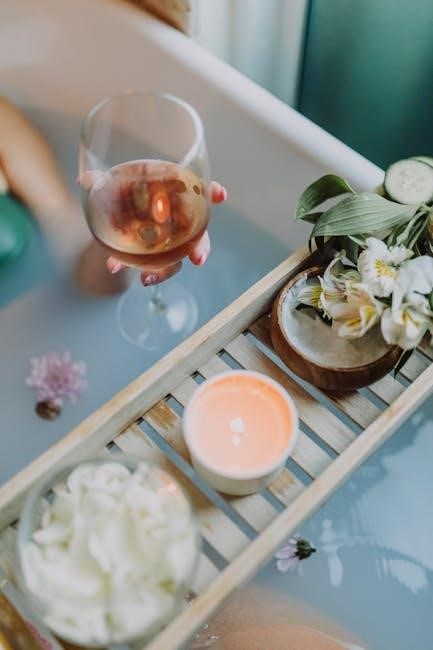
Common Mistakes to Avoid
When exploring wine, avoid common pitfalls that can hinder your experience․ Serving wine at the wrong temperature is a frequent mistake—reds too warm and whites too cold can flatten their flavors․ Overcomplicating wine descriptions is another error; focus on basic flavors rather than exaggerated details․ Additionally, swirling wine is often skipped, but it releases aromas essential for appreciation․ Don’t overlook the importance of proper glassware, as it enhances the tasting experience․ Lastly, avoid rushing the tasting process—take your time to savor and note your impressions․ These simple mistakes can make a big difference in enjoying wine fully․
Embarking on your wine journey is an exciting adventure filled with discovery and delight․ Remember, wine is a personal experience—there’s no right or wrong way to enjoy it․ Don’t be afraid to explore different varieties and styles to find what resonates with you․ Wine is not just a drink; it’s a story of regions, traditions, and craftsmanship․ As you learn more, keep it simple and fun․ Start with approachable wines, experiment with pairings, and take notes to track your progress․ Most importantly, embrace the journey and share your experiences with others․ Wine is a world of endless possibilities, and your adventure is just beginning!